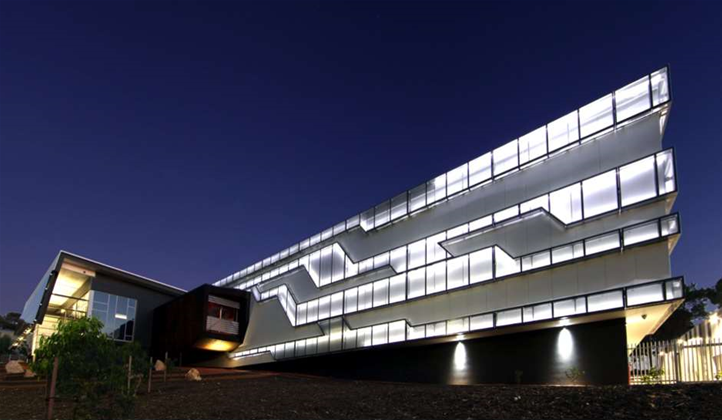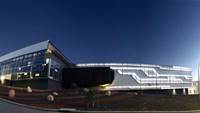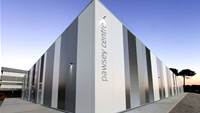Western Australia's supercomputing effort, the Pawsey Centre, will be officially opened this week, with luminaries such as the state premier Colin Barnett and CSIRO chief executive Dr Megan Clark to formally anoint its operational status.
Key areas of research to be conducted at the science centre, named after radio astronomer Dr Joe Pawsey whose work on interferometry won world-wide acclaim, include geoscience, marine science and data-intensive disciplines.
A federal government funding of $80 million in 2009 was the foundation of the Pawsey Centre, with the Western Australian Interactive Virtual Environments Centre (iVEC), a joint venture between CSIRO, Curtin University and the University of Western Australia selected to manage the project.
The focal point of the Pawsey Centre is the first stage of its Magnus supercomputer. Magnus has been installed and is in production use at the moment, capable of 69 trillion floating point operations per second (69 TFLOPS) along with a 200 TFLOPS real-time computer supporting the Australian Square Kilometre Array radio astronomy precursor projects.
A second stage to be installed in 2014 will extend Magnus to a thousand trillion floating point operations per second or peta FLOPS, iVEC said, making it one of the most powerful supercomputers in the southern hemisphere.






_(5).jpg&h=140&w=231&c=1&s=0)






.png&w=100&c=1&s=0)

 Digital Leadership Day Federal
Digital Leadership Day Federal
 Government Cyber Security Showcase Federal
Government Cyber Security Showcase Federal
 Government Innovation Showcase Federal
Government Innovation Showcase Federal
 Digital NSW 2025 Showcase
Digital NSW 2025 Showcase












_(1).jpg&h=140&w=231&c=1&s=0)



